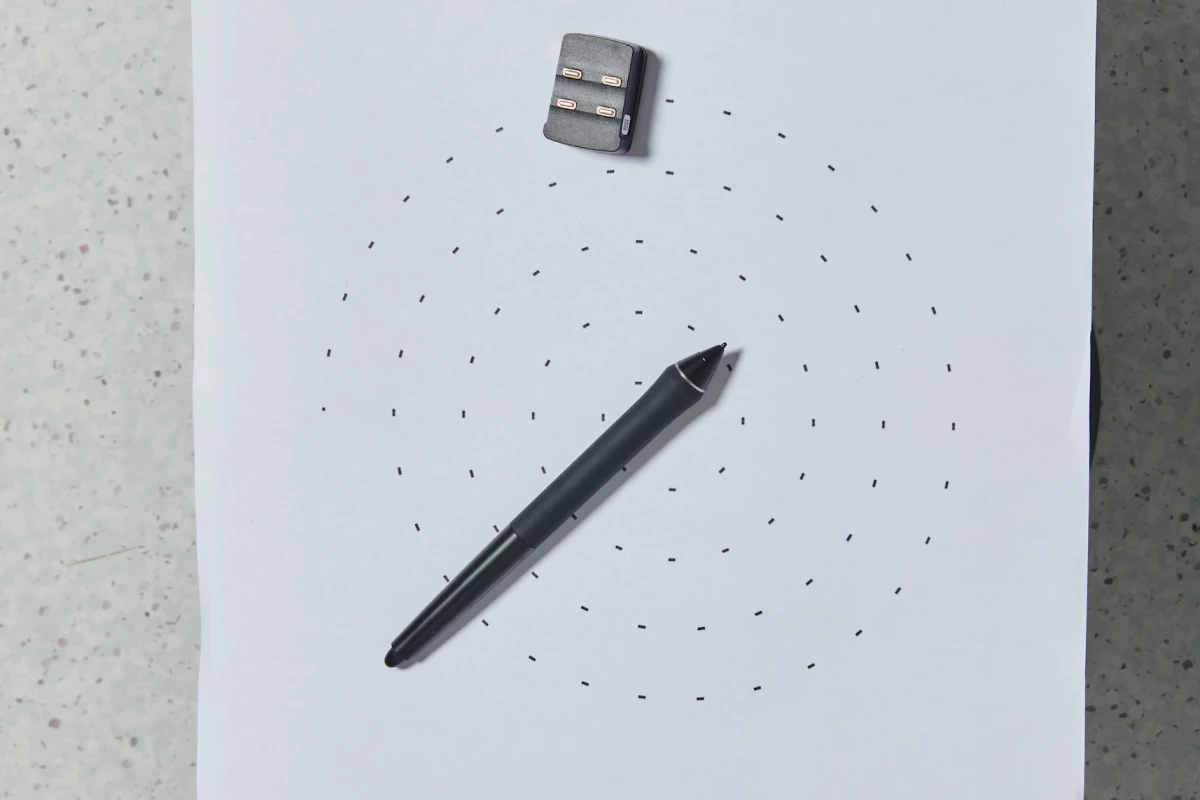A team of Australian researchers has developed a novel early detection test for Parkinson’s disease based on a short series of drawing and writing tasks. A recently revealed agreement with commercial start-up Jesse Medical is aiming to move through final trial stages and bring the new test to market by 2022.
Parkinson’s disease is notoriously difficult to diagnose. Clinicians currently have no way to detect the disease before symptoms have started to appear, and even then it can often be tricky identifying those symptoms as related to Parkinson’s and not a number of other degenerative conditions.
Early detection is vital for Parkinson’s, as many currently available pharmacological treatments only work to slow the degenerative symptoms. A large array of different detection strategies are currently on the horizon to help diagnose the condition early, including blood tests, smell tests, eye tests, and even tear tests.
A new test from Australian researchers is on the exciting cusp of reaching clinical application after a new agreement was signed with start-up Jesse Medical. The test is based on the observation that one of the earliest signs of Parkinsonian degeneration is a subtle degradation in a person’s writing and drawing ability.
"Early detection is critical because we know that by the time someone starts to experience tremors or rigidity, it may already be too late for medication to be effective," explains Dinesh Kumar, part of the engineering team working on the project from RMIT University. "It's long been known that Parkinson's Disease affects muscle control and habitual activities, so it affects how patients write and draw.”
The test comprises seven different writing or drawing dexterity tasks, which are completed using a digital tablet. The software evaluates the subject’s data in real time, and initial trials demonstrated a 93-percent accuracy rate in detecting Parkinson’s disease at its very earliest stages.
The technology has since been optimized to not simply act as an early detection test, but also function as a monitoring tool to account for the efficacy of medications and track a patient’s progress over time.
"Our technology is completely objective and it's highly sensitive for both improvements and deterioration in dexterity,” adds Kumar.
The new agreement with Jesse Medical to commercialize the test is hoped to help accelerate development and bring it to market as soon as possible. The current plan is to instigate large patient trials in both Australia and China over the next 12 months. If all goes according to plan the researchers suggest the test could be clinically available as soon as 2022.
Source: RMIT





